
Architect Shahid Abdulla is slowly filling up with regret. After nearly 40 years of designing and building, he’s beginning to wonder if the approach has been wise. “I should have never gone to school,” he remarked on day one of IAPEX and again on the second day of the building exhibition and seminar. Now he wants to unlearn, dismantle, deconstruct.
Abdulla grew even more pensive after presentations by German architect Eike Roswag, who is using earth, not cement, to build a school outside Lahore, and the Agha Khan Planning & Building Service Chairman in Pakistan, Hafiz Sherali, who helped Chitrali people build safer and smarter after the earthquake. “The earth is trying to shake us up, clean the slate,” Abdulla mused during the panel discussion. “We are going back to our roots.” The earthquake and floods are trying to tell us something.
Indeed, the dominant mood at the Institute of Architects of Pakistan’s annual event in Karachi this weekend has been one of questioning design arrogance, preferring organic materials, involving men and women in villages so they bake the bricks for their own homes. Sri Lankan architect C. Anjalendran’s tree-heavy houses seemed to have set the mood on Friday. Even the earnest Philips representative plugged their energy-saving products.
A lot of this ‘deep green’ thinking and work is making more and more sense in Pakistan. In fact, Roswag’s work at the Tipu Sultan Merkez school outside Lahore won the Holcim Award Gold in 2011 for building entirely with bamboo and mud. His team compresses earth to build walls and ties together bamboo for roofs. Wooden structures can be filled with earth and limestone can be used as an organic finish instead of chemical paint. One immaculate white finish just consisted of white minerals and sand which yielded the same result.
The beauty of earth homes and schools is that unlike concrete ones they absorb the day’s humidity. This helps them stay several degrees cooler. Earthen walls, Roswag’s team discovered from other people’s work in the Middle East, absorb 50 grammes per square metre of water in a day compared to the limit of 15g by concrete in just three hours as it gets saturated.
And what is more sustainable than an earth block that can be reused unlike certain types of concrete blocks. “And even if the house sinks,” remarked Roswag, “it’s just returning to where it came from.” Roswag and his team used these techniques to renovate the museum of Jahili Fort in Al Ain, Abu Dhabi which dates to the 19th century. A certain amount of adaptation was needed, however, as Roswag found that Saudi women were fond of high heels that tended to destroy the softer earthen floors. “I personally preferred to go barefoot when I was there,” he laughed.
The Germans learned lessons in Bangladesh and Mozambique where people largely used natural materials but did not end up with durable housing. “By the time a man turned 40, he had gone through five houses as their roofs were too thin,” said Roswag. “The poor people were surrounded by the best material but they were still living in bad conditions.”
At the end of the session, the architects discussed how the march of technology and industrialisation had made concrete and steel king. No one disputes the benefits of technology, they acknowledged. (In fact, Roswag almost didn’t present because he apparently didn’t apply for a visa in time. It was only IAP’s Ar Ramiz Baig’s super organisation, and technology that saved the day when they hooked him up via Skype or video conference.) But the consensus was that perhaps now is the time to go back to our roots.
Published in The Express Tribune, April 15th, 2012.

1725429132-0/Untitled-design-(12)1725429132-0-270x192.webp)

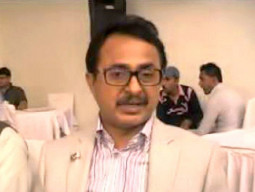
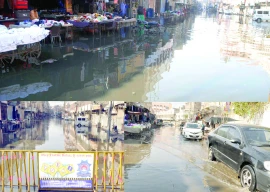
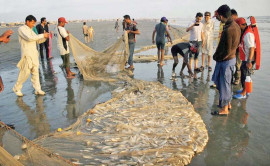

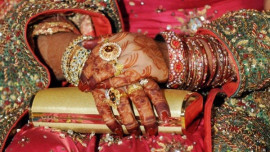


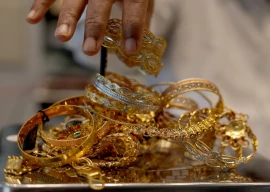

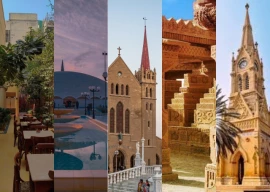







COMMENTS
Comments are moderated and generally will be posted if they are on-topic and not abusive.
For more information, please see our Comments FAQ